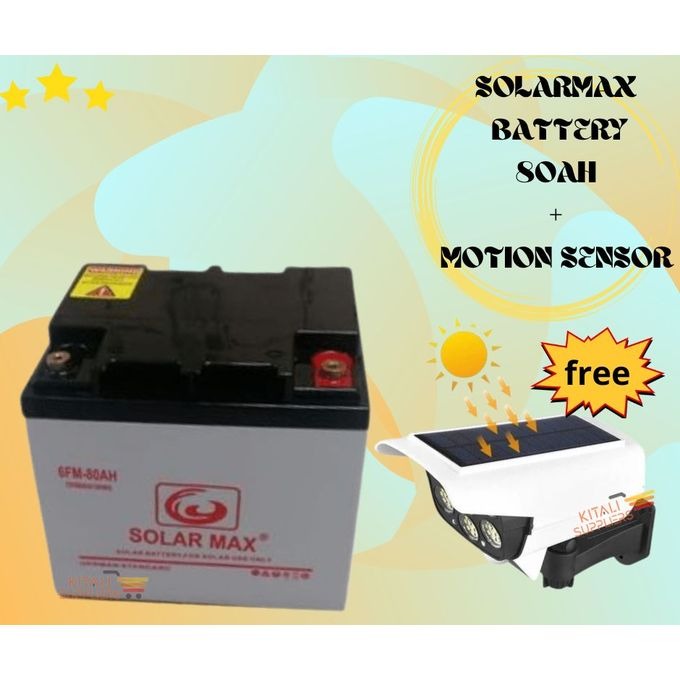Description
An 80Ah battery, or 80 ampere-hour battery, is a robust and versatile energy storage solution commonly used in various applications, including solar streetlights, off-grid power systems, RVs, boats, and more. The "Ah" rating represents the battery's capacity to deliver a certain amount of current over a specific period, typically measured in hours. In the case of an 80Ah battery, it can supply a constant current of 1 ampere for 80 hours, 2 amperes for 40 hours, and so on. This type of battery is typically designed using deep-cycle technology, optimized for long-term and repeated discharges without significantly impacting its lifespan. Deep-cycle batteries are ideal for applications where regular and reliable power is required, such as powering lighting systems, appliances, and electronic devices in off-grid or backup power scenarios. The 80Ah battery is characterized by its durability, high energy density, and maintenance-free operation. It can withstand deep discharges, extreme temperatures, and vibrations, making it suitable for use in demanding environments. Additionally, many modern 80Ah batteries incorporate advanced features such as built-in safety mechanisms, low self-discharge rates, and compatibility with solar charging systems, further enhancing their performance and reliability. In combination with a motion sensor, the 80Ah battery becomes part of an intelligent and energy-efficient lighting system. A motion sensor, also known as a motion detector or PIR (passive infrared) sensor, is a device that detects movement in its field of view and triggers a response, such as turning on lights or sounding an alarm. When integrated into a lighting system, the motion sensor detects movement within its detection range and signals the 80Ah battery-powered light to illuminate. This functionality is particularly useful for enhancing security and energy efficiency in outdoor lighting applications, such as pathways, driveways, and perimeter lighting. By combining the reliability of an 80Ah battery with the responsiveness of a motion sensor, outdoor lighting systems can operate autonomously, providing illumination only when needed and conserving energy when not in use. This not only enhances safety and security but also contributes to energy savings and environmental sustainability.




